
The Tate Modern
European Springs has a long, proud history of producing high-quality springs and wire forms, and recently we’ve also been involved
Home › Case Study

European Springs has a long, proud history of producing high-quality springs and wire forms, and recently we’ve also been involved

Plastic-Free Spring Clips for Apothecary Jars Pellimont is a beauty and wellness brand based in the Scottish Highlands, specialising in

Jim and Farah Shaikh came up with the concept of a self-warming bottle which warms milk to perfect breastmilk temperature. Every parent can relate to the sleepless nights and exhaustion of a new born.
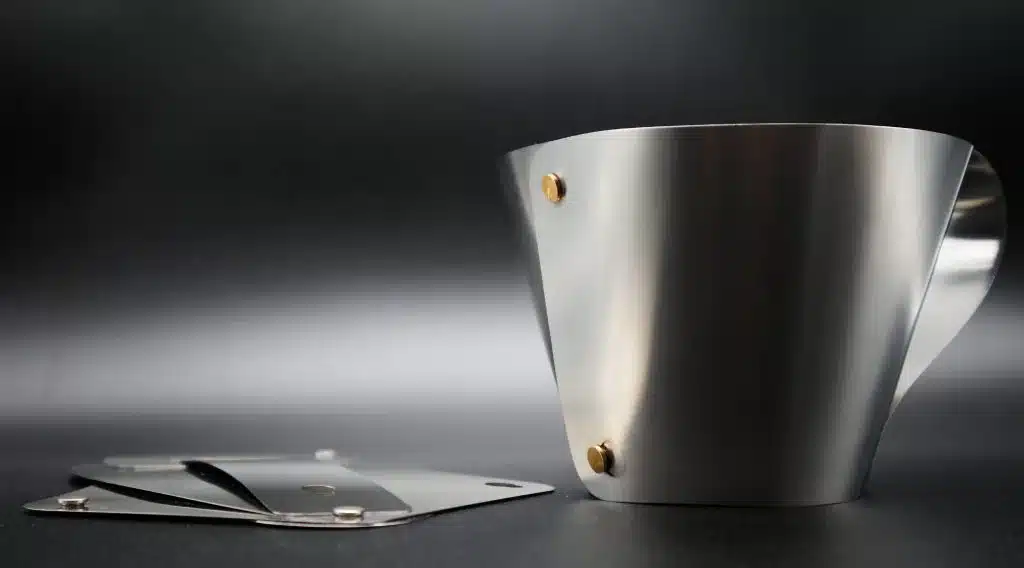
European Springs recently collaborated with Ed Houghton on his innovative, sustainable, and all-around incredible Shimcup, the world’s flattest cup! Shimcup
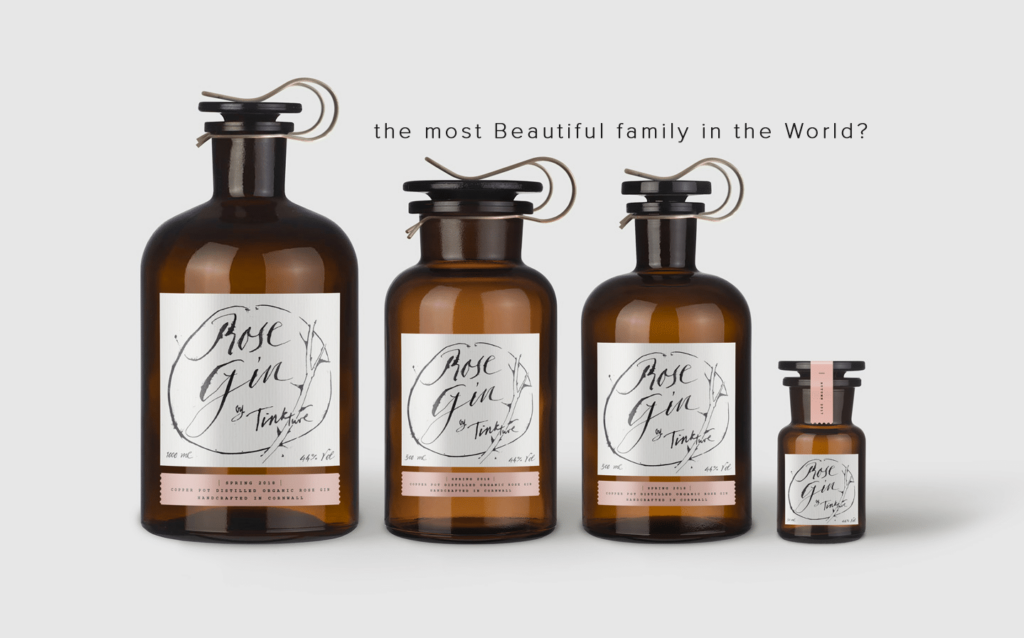
Spring manufacture is rarely glamorous. However, all that changed when European Springs and Pressings were invited to design a bottle
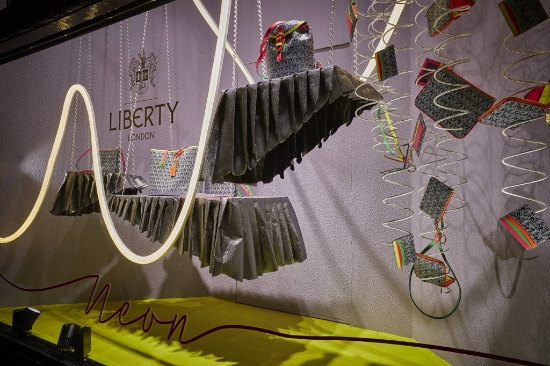
Every day we encounter springs, even though we may not realise it immediately. These springy mechanisms and wire forms are
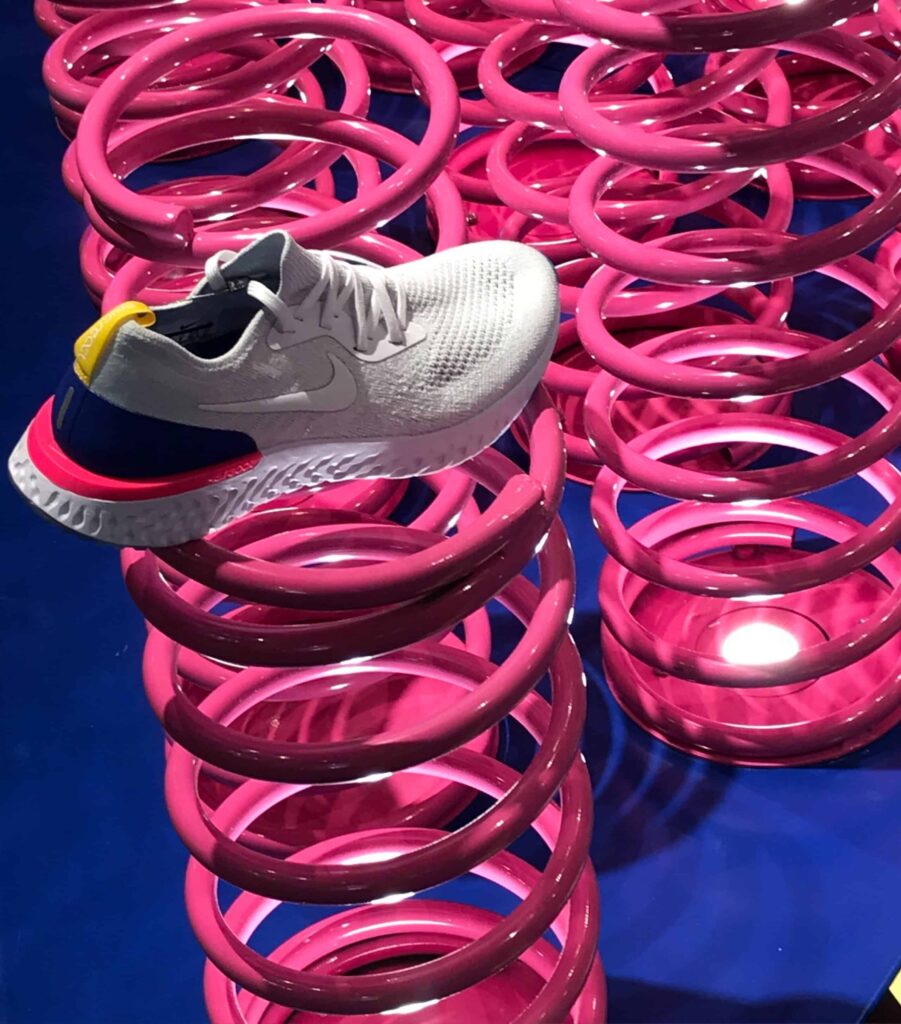
Check out our springs displaying the latest in trainer trends from this iconic sporting brand, Nike, in the Oxford Street store
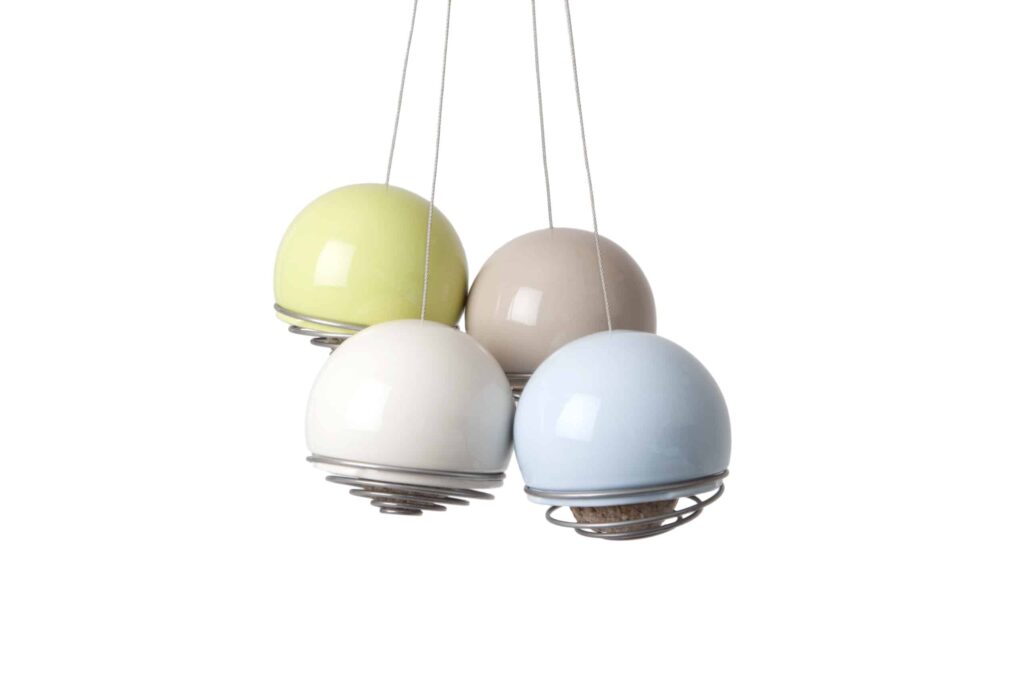
Green&Blue, the UK’s most desired garden accessory design company, has been working alongside Cornwall’s European Springs & Pressings on a
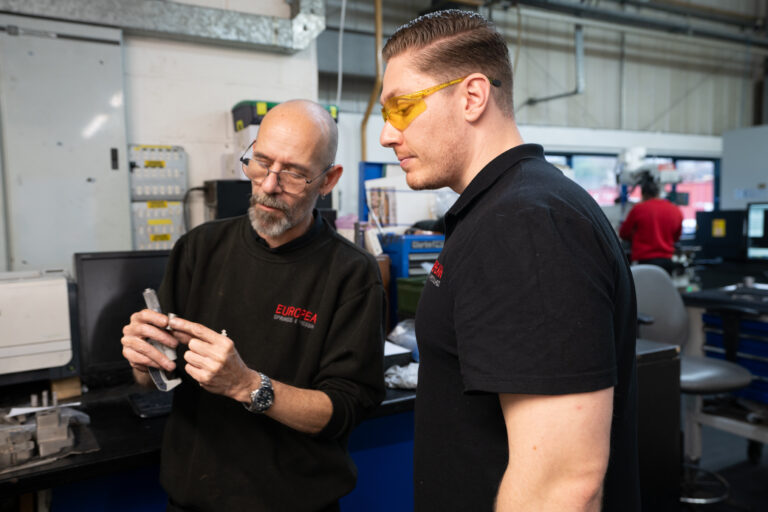
And even if we don’t have exactly the tool we need, European Springs’ in house technology enables us rapidly to design and make complex tools, allowing us to offer more competitive prices.



© Copyright 2025 | European Springs
Designed, Promoted and Powered by SQ Digital